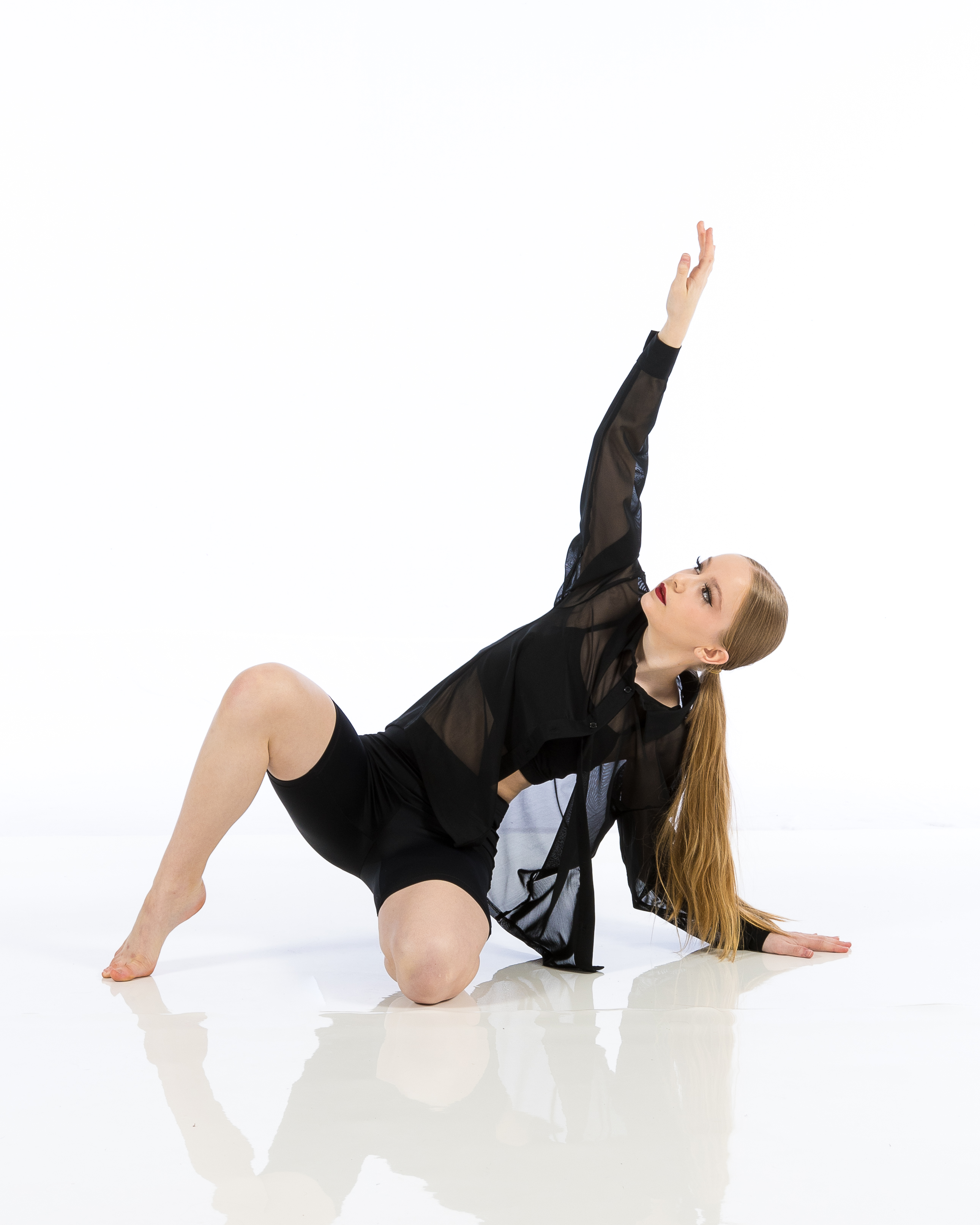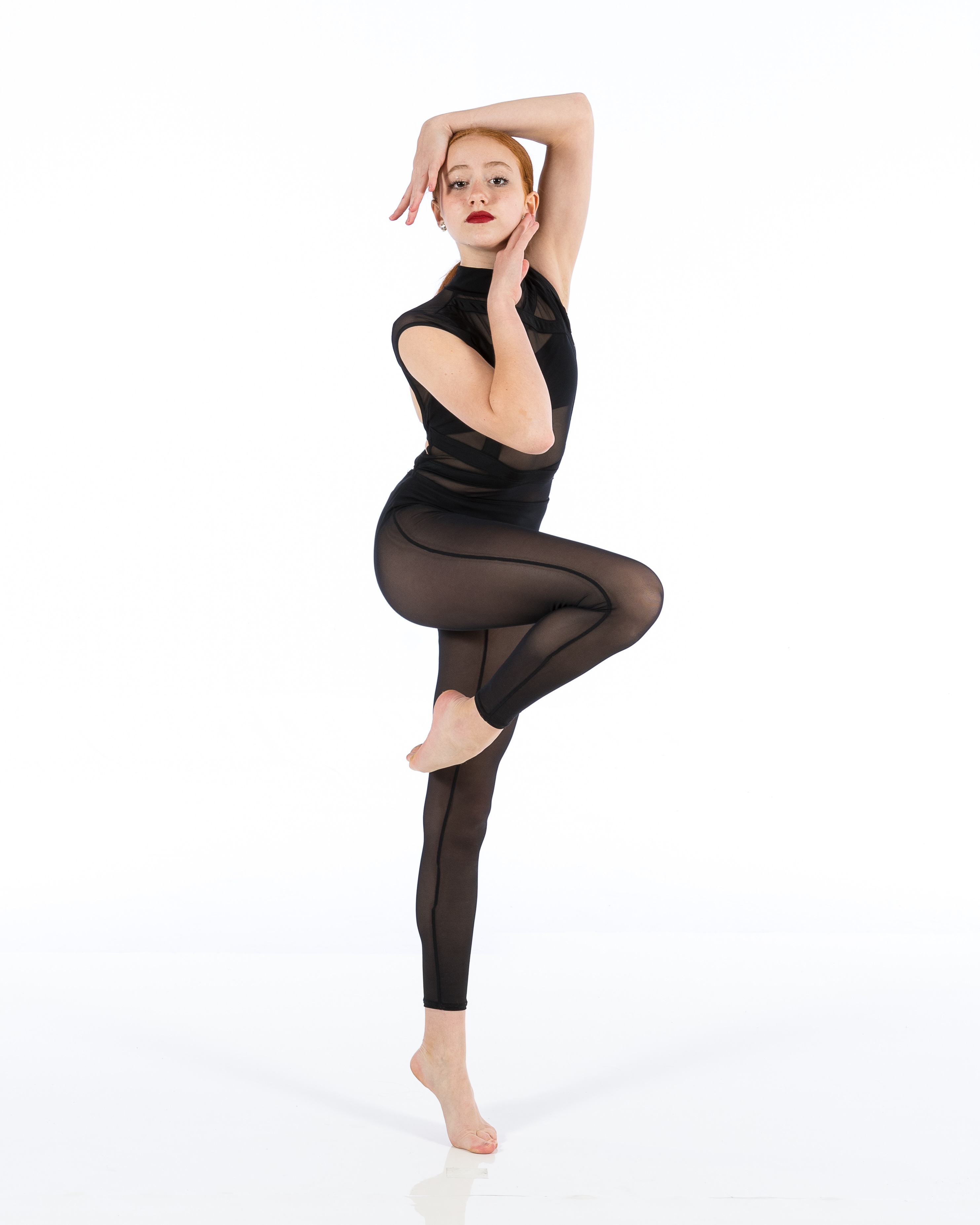Introduction
Dance is more than just a form of expression; it’s a journey that transcends cultures, ages, and abilities. Whether you’re looking to take your first step into the world of rhythm or you’re a seasoned performer seeking new avenues, understanding the nuances between different types of dance classes can be daunting. The myriad options available might leave you feeling overwhelmed, but fear not! In this guide, we’ll explore Tips for Navigating Different Types of Dance Classes, ensuring you find the perfect fit for your style, skill level, and aspirations.
Understanding the Dance Studio Environment
What Is a Dance Studio?
A dance studio is more than just a physical space; it's a sanctuary where creativity flourishes. These studios are designed specifically for dance training and typically feature hardwood floors, mirrors, and sound systems. They may offer various styles such as ballet, jazz, hip-hop, salsa, and contemporary.
The Importance of Atmosphere in a Dance Class
When you step into a dance studio, consider how the atmosphere makes you feel. A welcoming environment can significantly enhance your learning experience. Look for studios that foster community spirit and encourage collaboration among dancers.
Exploring Different Dance Styles
Ballet: The Foundation of Dance
Ballet is often hailed as the cornerstone of many dance forms. It emphasizes technique, grace, and discipline. If you're considering ballet classes:
- Look for structured curricula: Many studios offer graded levels from beginner to advanced. Find experienced instructors: A skilled teacher can provide invaluable feedback on posture and technique.
Jazz: Energetic and Expressive
Jazz dance combines elements of ballet with contemporary styles. It’s vibrant and full of energy:
- Explore different genres: From classic Broadway to street jazz. Be ready to improvise: Jazz encourages personal expression through movement.
Hip-Hop: The Pulse of Urban Culture
Hip-hop is not just about the moves; it represents a lifestyle:
- Understand its roots: Learn about its history in street culture. Focus on freestyle: Many classes incorporate improvisational elements.
Contemporary: A Blend of Styles
Contemporary dance melds techniques from ballet and modern dance:
- Experiment with emotions: This style often tells stories through movement. Adopt fluidity in motion: Emphasis is placed on body fluidity rather than rigid techniques.
Choosing the Right Dance Class for You
Assessing Your Goals: What Do You Want to Achieve?
Before diving into classes, ask yourself what your goals are:
- Are you dancing for fitness? Do you aspire to perform?
Understanding your motivations will help narrow down your options effectively.
Skill Levels: Knowing Where You Stand
Most studios categorize their classes by skill level:
- Beginner Intermediate Advanced
Be honest about your abilities to ensure you’re placed in an appropriate class that challenges yet supports your growth.
Class Structures: Understanding Formats
Drop-In Classes vs. Structured Programs
Some studios offer drop-in classes while others have structured programs spanning weeks or months:
- Drop-In Classes: Ideal for flexibility; no long-term commitment required. | Pros | Cons | |---------------------|-----------------------| | Flexibility | Lack of progression | | Variety | Potential inconsistency | Structured Programs: Offer comprehensive learning opportunities over time. | Pros | Cons | |------------------------|-------------------------| | Progression | Time commitment | | Team building | Less variety |
How to Prepare for Your First Class?
Dress Code: What Should You Wear?
Comfort meets style! Check with the studio regarding dress codes specific to each class type. Here are some general tips:
Choose breathable fabrics. Wear appropriate footwear (ballet shoes for ballet, sneakers for hip-hop). Ensure clothing allows freedom of movement.Mental Preparation: Getting in the Right Mindset
Dancing requires mental focus as much as physical readiness:
Set realistic expectations—everyone learns at their own pace. Adopt a positive attitude; embrace mistakes as part of growth.The Role of Instructors in Your Dance Journey
Finding an Inspiring Teacher
Great instructors can transform your experience:
Look for teachers who exhibit passion for their art. Seek out those who provide personalized attention.Building Rapport with Your Instructor
Establishing a good relationship with your teacher contributes immensely to your development:
Communicate openly about your goals. Request constructive feedback regularly.Navigating Class Etiquette in Dance Studios
Respecting Personal Space During Classes
Every dancer deserves their own space while practicing:

Punctuality Matters! Arriving on Time
Being late can disrupt not only your learning but also that of others:
Aim to arrive early enough to warm up before class starts. If running late, enter quietly without disrupting ongoing activities.FAQs About Navigating Different Types of Dance Classes
1. What should I expect from my first dance class?
Expect guidance from your instructor, an introduction to basic movements, and encouragement regardless of skill level.
2. How do I choose which style suits me best?

Try introductory classes in various styles until you find one that resonates with you—listen to what excites you!
3. Is prior experience necessary for joining any class?
Not at all! Many studios welcome beginners; just be willing to embrace the learning process.
4. Can adults join dance classes too?
Absolutely! Adult classes are increasingly popular across all styles—dance knows no age limits.
5. How important is warm-up before dancing?
Warm-ups are crucial as they prevent injuries by preparing muscles and joints for rigorous movement.
6. Should I take private lessons or group classes?
It depends on personal preference—private lessons offer tailored attention while group classes promote social interaction.
Conclusion
Navigating through various types of dance classes may initially seem overwhelming but remember—it’s all part of the beautiful journey into self-expression through movement! Whether you're twirling gracefully across a ballet studio floor or breaking out bold hip-hop moves at an urban center, each step taken brings new experiences and friendships along the way!
So lace up those dancing shoes and dive into this exhilarating world filled with rhythm, creativity, and community—it’s waiting just for you!
By incorporating these insights into your approach toward finding the right dance class or studio environment tailored specifically to meet both personal goals and preferences—you're well on your way toward an enriching artistic endeavor!